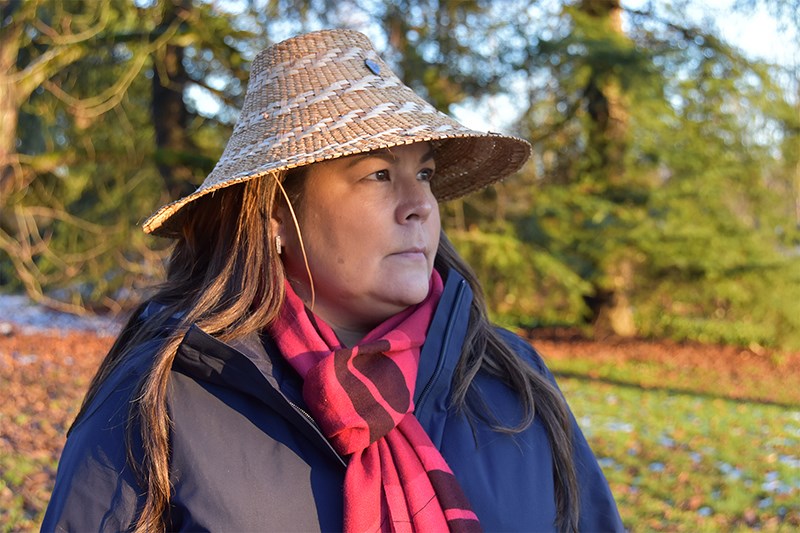Contractors, construction workers and others frequenting the Riverview lands are learning how to spot artifacts and how the Kwikwetlem First Nation (KFN) once inhabited the property in times of war and flood.
Andrea Aleck, KFN's chief officer of special projects, told The Tri-City News that to the Kwikwetlem, Riverview is known as Place of the Great Blue Heron, or smu’q wa ala in the traditional Halkomelem language of Coast Salish peoples.
It was where the indigenous group took shelter, according to the Kwikwetlem and knowing that history is important for anyone working at the former provincial mental health institution.
“We want people to be aware that the Kwikwetlem was there long before 1904 [when the land was acquired by the provincial government], long before there was Riverview,” Aleck said.
Also important is the dirt under the longtime mental health facility because it could contain precious artifacts that need to be preserved if detected.
To that end, KFN, working with Brown and Oakes Archeology, has developed a heritage certificate program to educate contractors and others who work at Riverview to encourage them to be aware when digging or working on the site. The 2.5-hour course includes information about the Kwikwetlem people's history in the area and protocols for dealing with items such as stone artifacts, cracked fire rock and organic materials that could be unearthed during construction.
Aleck said more than 100 people have completed the program since it was created last summer in response to unauthorized digging that occurred without proper archeological oversight. At the time, a 30-day cooling off period was implemented for contractor EllisDon Construction and Building Services while the issues were dealt with.
Aleck said feedback has been positive from those who have completed the course, including those working on the new Valleyview building and the Centre For Mental Health and Addictions also under construction.
“It’s an education tool on how to conduct yourself in an area with a big potential for artifacts,” she said, noting that, for example, a mortar bowl used in spiritual ceremonies was found on the Riverview grounds.
It also benefits workers because there are heavy penalties for disturbing an archeological site, Aleck said.
The KFN said its traditional lands extend beyond the current reserves in Coquitlam near Colony Farm Regional Park to north of Coquitlam River watershed, and include the lower Pitt River and portions of the north and south banks of the Fraser River.
The name Kwikwetlem is linked to a small red sockeye salmon that once was plentiful in the Coquitlam River and spawned in Coquitlam Lake prior to the construction of the Coquitlam Dam in 1914. Kwikwetlem means "red salmon up the river" or or "small red salmon."



